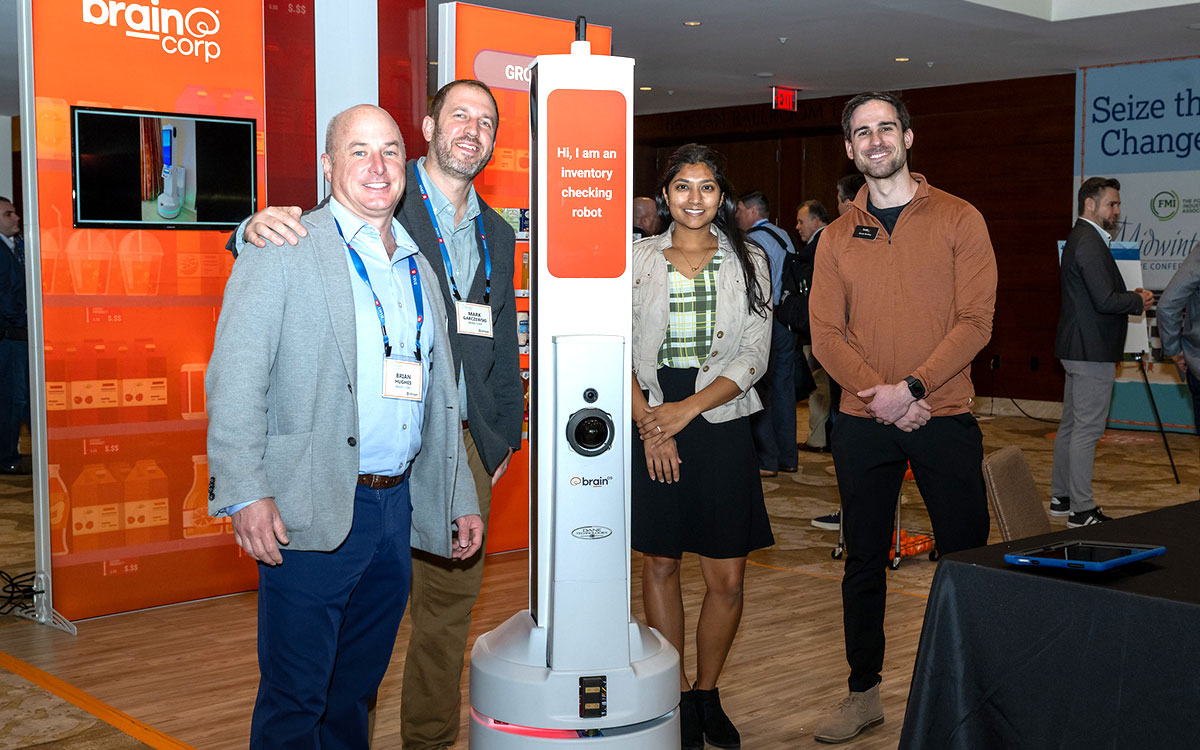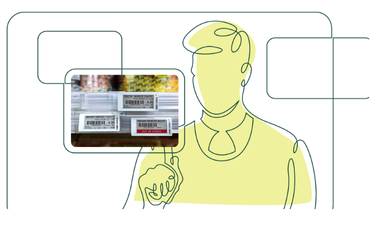By: Mark Baum, Chief Collaboration Officer and Senior Vice President, Industry Relations, Food Marketing Institute

We now know that consumers are quickly becoming proficient with the digital tools at their disposal to make choices about what they will buy, how they will select what they want, when and where they will buy it, and how they will receive it.
It is incumbent on retailers and manufacturers to deliver on the promises we make to the now-digitally savvy consumer/shopper.
In 2017, FMI announced a multi-year partnership with Nielsen to better understand, and serve the digitally engaged food shopper. In addition to sizing the marketplace and its growth trajectory, we rolled out a new self-diagnostic tool that companies can use to evaluate their current state of readiness, to meet the “digital” needs of the engaged food shopper.
To date, through two rounds of assessments, more than 260 retailers and manufacturers have taken advantage of the tool and a number of others are in the process right now.
One thing we have all come to realize is that all practitioners share the challenge of the ‘Last Mile’. The sometimes very long and traditional supply chain that delivers a product from its producers or manufacturers, through wholesalers and retailers - the one (supply chain) we’re very familiar with - now seems like the easy part.
That last mile, from the retailer to the consumer - indeed, the most expensive mile - is the puzzle we are working to solve. Throughout the industry, a number of models are being tested and questions are being asked:
- Is the click-and-collect model, in which a customer orders products online and then picks them up at a brick-and-mortar store, the best way to go? And, if so, where do they pick their purchases up? Inside the store? Do we deliver them to the customer’s car? Should we have staged mutually convenient but “off premise” locations for pick up?
- What about home delivery? Do we use our own employees and vehicles? Or do we outsource the service to third parties?
- Should we pick orders in store? Should we pick and deliver or pick, stage, and deliver?
- How do we decide which products are right to offer online and which are best made available only in-store?
- Do we charge a premium for these services? And, if so, what price will the customer tolerate for the convenience?
- What about meal kits? To what extent can they be customized and still be affordable to the customer?
- What are the opportunities that artificial intelligence technologies offer with regard to automatic replenishment, subscription models, and real-time decision making
- And what can and should we do to enhance and heighten the in-store experience as well?
All these questions and many more, are being asked, tested and evaluated. The answers are not yet clear, but they will be. They will be different for different companies and in different kinds of communities. And they will come to some food retailers faster than they will to others.
No matter what though, we will find the tools we can use to effectively and efficiently serve more of our customers in more and better ways all the time.
Attendees of this year’s Midwinter Executive Conference can listen to a panel discussion hosted by Nielsen that features two manufacturers and their key retailer partners sharing how they have improved speed-to-market, reduced the cost of doing business, tackled the last mile and, most importantly, focused on real growth. See the agenda.
FMI also recently announced a partnership with ShopTalk to create GroceryTalk, a new program designed to join the world’s largest conference for retail and ecommerce innovation.


 Industry Topics address your specific area of expertise with resources, reports, events and more.
Industry Topics address your specific area of expertise with resources, reports, events and more.
 Our Research covers consumer behavior and retail operation benchmarks so you can make informed business decisions.
Our Research covers consumer behavior and retail operation benchmarks so you can make informed business decisions.
 Events and Education including online and in-person help you advance your food retail career.
Events and Education including online and in-person help you advance your food retail career.
 Food Safety training, resources and guidance that help you create a company food safety culture.
Food Safety training, resources and guidance that help you create a company food safety culture.
 Government Affairs work — federal and state — on the latest food industry policy, regulatory and legislative issues.
Government Affairs work — federal and state — on the latest food industry policy, regulatory and legislative issues.
 Get Involved. From industry awards to newsletters and committees, these resources help you take advantage of your membership.
Get Involved. From industry awards to newsletters and committees, these resources help you take advantage of your membership.
 Best practices, guidance documents, infographics, signage and more for the food industry on the COVID-19 pandemic.
Best practices, guidance documents, infographics, signage and more for the food industry on the COVID-19 pandemic.
